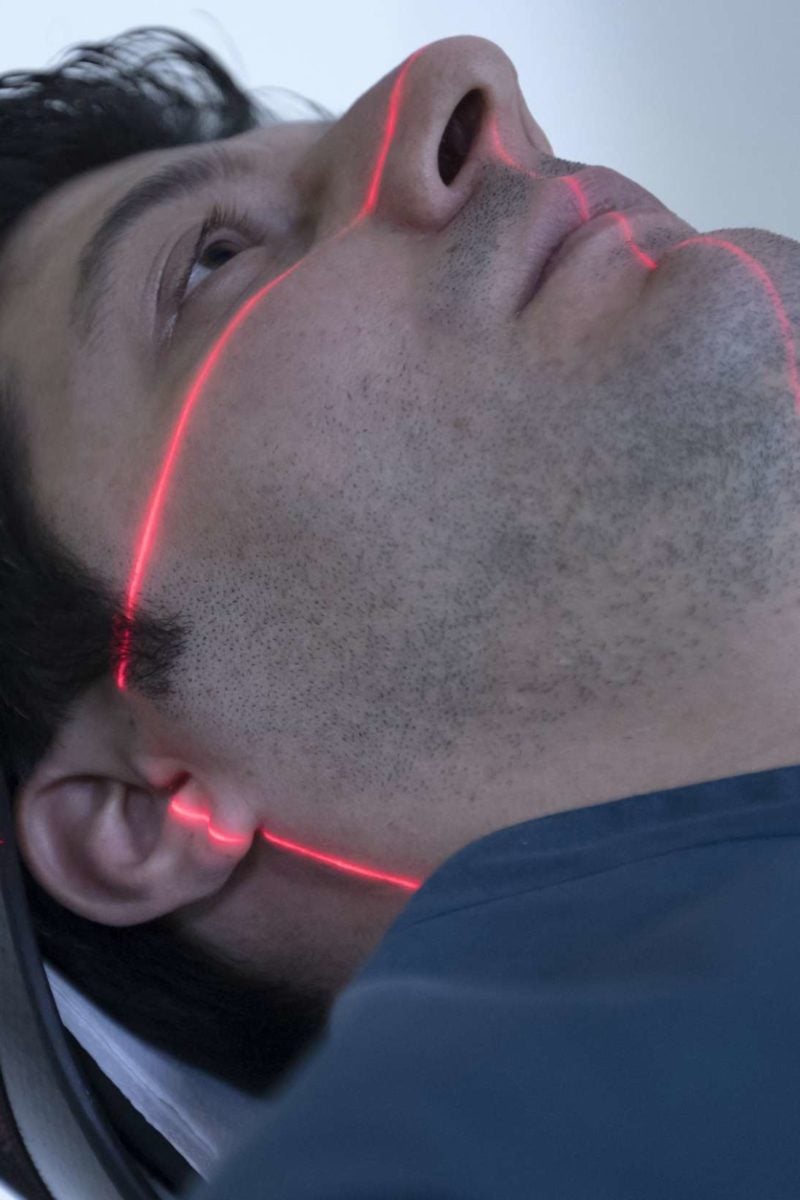
The hippocampus, located in the brain's temporal lobe, is where episodic memories are formed and indexed for later access. There are three areas of the brain involved in explicit memory: the hippocampus, the neo-cortex and the amygdala. The parts of the brain involved in memory (Illustration by Levent Efe) Explicit memory

#TYPES OF IMAGERY OF BRAIN HOW TO#
How to measure brain activity in people.How to measure brain activity in animals.Studying synaptic plasticity and learning.Podcast: will nerve regeneration treat spinal cord injury?.Podcast: Alzheimer's disease, a family perspective.Podcast: the curious link between vitamin D and schizophrenia.Podcast: coral bleaching in the Great Barrier Reef.Podcast: using deep brain stimulation treat Parkinson’s disease.Podcast: curing schizophrenia, from lab to clinic.Podcast: using brain imaging to diagnose mental illness.Podcast: the most aggressive cancer in the brain.Podcast: mysteries of the corpus callosum.Podcast: fish eyes the window to the brain.The cross-sectional images produce more detailed images than a conventional X-ray. CT scanĪlso known as CAT scans or computed axial tomography scans, CT scans allow doctors to see cross-sections of the body. Once all of that is squared away, it’s time to take some pictures of what’s going on inside the body. Then getting the patient in the correct position is necessary. To do this, the radiologic technologist needs to make sure the patient is not wearing jewelry or tight-fitting clothes that could impair the quality of the images. X-rays involve targeting a small amount of radiation toward the body where images are needed. X-rays are performed for many reasons, including to diagnose the cause of pain, determine the extent of an injury, check on the progression of disease and evaluate how effectively treatments are working.

The most common diagnostic imaging exam performed in medical facilities is the X-ray, which is a broad term that also covers numerous sub-categories. What can you expect to do on a daily basis with proper training? Here are seven of the most common procedures you’ll assist with as a diagnostic imaging professional. To give you a better idea of what to expect in a radiologic technologist career, we highlighted some of the most common diagnostic imaging tests and techniques you’re likely to perform. It’s a lot to learn, but can pay off career-wise. What must a radiologic technologist know to do the job? “Anatomy, patient positioning, examination techniques, equipment protocol, radiation safety, radiation protection and basic patient care,” according to the American Society of Radiologic Technologists. Radiologic technologists work with patients to perform the tests. Diagnostic imaging does everything from confirming the presence of disease and determining the severity of an injury to providing a strategy for upcoming surgical procedures. With these exams, doctors can see how inner organs are functioning, joints are moving and much more. These diagnostic imaging techniques are the work of radiologic technologists who use their “powers” to help save lives-all without a cape!ĭiagnostic imaging is non-invasive, meaning medical professionals can look inside without surgery. Fortunately, what the eye cannot do, diagnostic imaging tests can.


Doctors and healthcare professionals often need to see inside the human body to figure out what’s going on. The ability to see more than the human eye can perceive has a much more practical application than the superhero musings of a comic book-loving kid, though. What kid hasn’t spent a little time daydreaming about having X-ray vision? After all, seeing things that the human eye can’t normally see is a pretty incredible power.


 0 kommentar(er)
0 kommentar(er)
